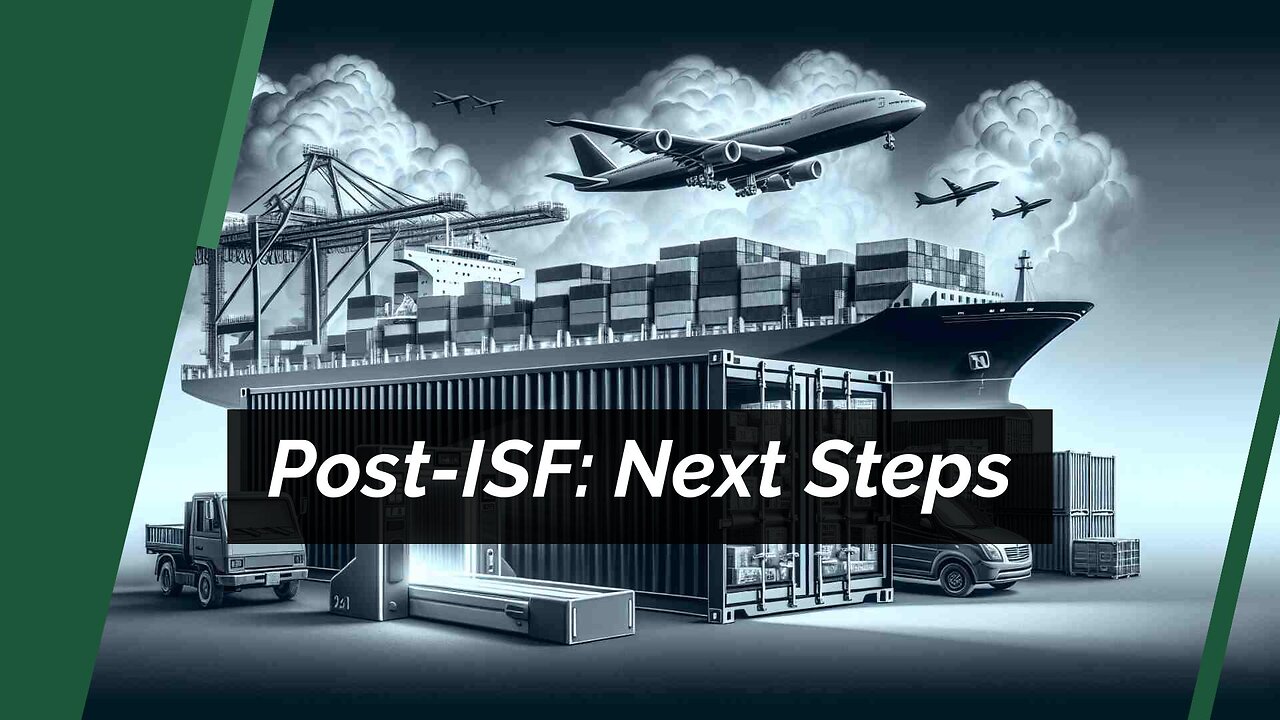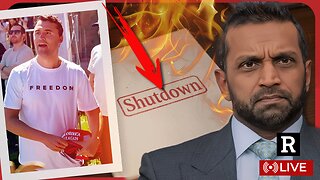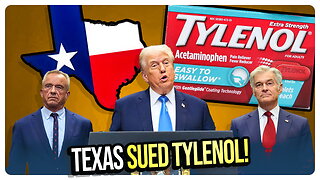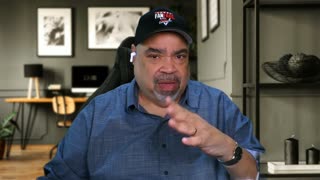Premium Only Content

Navigating Customs: What Happens After the ISF Filing?
ISF Solution | (832-904-9333)
[email protected] | www.isfsolution.com
Once the Importer Security Filing (ISF) is completed, the next step in the customs brokerage process is obtaining a customs bond. A customs bond serves as a financial guarantee to ensure compliance with customs regulations and covers any potential fines, penalties, or duties owed to Customs. Importers must have a valid customs bond to conduct business smoothly.
After the customs bond is in place, the customs broker reviews the import documentation provided by the importer, such as the commercial invoice, bill of lading, packing list, and relevant certificates or permits. The broker meticulously checks the accuracy and completeness of the information to avoid delays or complications during customs clearance.
Once the import documentation is verified, the customs broker prepares the customs entry form, also known as CBP Form 3461. This form contains detailed information about the imported goods, including their origin, value, classification, and intended use. The broker reviews the information for compliance with customs regulations and to accurately assess applicable duties and taxes.
With the customs entry form prepared, the next step is to electronically submit it to US Customs and Border Protection (CBP) via the Automated Commercial Environment (ACE) system. This system streamlines the customs clearance process by eliminating manual paperwork and enabling faster processing times.
Once the customs entry is submitted, CBP reviews the information and may select shipments for examination or inspection. Customs officials conduct physical inspections to ensure compliance with regulations and to match the information provided in the documentation. This step is vital for detecting illegal or prohibited items and maintaining supply chain security.
Throughout the process, the customs broker maintains close communication with the importer, providing updates on the customs clearance progress. If any questions or issues arise during inspection or clearance, the broker acts as a liaison between the importer and customs officials, resolving concerns.
Once customs officials are satisfied with the inspection and all duties and fees are paid, the customs broker receives the customs release notification. This notification confirms successful customs clearance and that the goods are ready for delivery to the importer's designated location.
Finally, the customs broker arranges delivery of the goods to the importer's premises or warehouse, working closely with freight forwarders, trucking companies, and other logistics service providers. The broker ensures a smooth and timely delivery, as well as proper completion and filing of all necessary documentation for record-keeping purposes.
In conclusion, the steps following the completion of the ISF filing involve obtaining a customs bond, reviewing import documentation, preparing the customs entry form, electronically submitting it to CBP, overseeing customs inspections, maintaining communication with the importer, arranging delivery, and completing necessary documentation. The customs broker plays a critical role in facilitating the smooth flow of international trade. Stay tuned for more information in our customs brokerage series as we delve deeper into import and export regulations.
#usimportbond #isfcustomsbroker #uscustomsclearing #isfentry
Video Disclaimer Here: For educational purposes - No affiliation with US government sectors.
00:33 After filing the Importer Security Filing (ISF), the next step is to obtain a customs bond, which acts as a financial guarantee for compliance with customs regulations.
01:21The customs broker reviews import documentation, prepares the customs entry form (CBP Form 3461), and electronically submits it to U.S. Customs and Border Protection (CBP) through the Automated Commercial Environment (ACE) system for faster processing.
01:47 CBP may select shipments for inspection to ensure compliance with regulations and maintain supply chain security. The customs broker communicates with the importer, acting as a liaison between them and customs officials to resolve any issues.
03:08 Once customs clearance is approved, the broker arranges delivery to the importer's location, working with logistics providers to ensure smooth delivery and proper documentation for record-keeping.
-
 LIVE
LIVE
Spartan
2 hours agoFirst playthrough of First Berserker Khazan
25 watching -
 LIVE
LIVE
The Rabble Wrangler
16 hours agoBattlefield 6 - RedSec with The Best in the West
49 watching -
 37:53
37:53
Donald Trump Jr.
2 hours agoAmerican Dominance vs Dems' Delusion | TRIGGERED Ep.287
13.5K39 -
 1:14:57
1:14:57
The White House
5 hours agoPresident Trump and the First Lady Participate in Halloween at The White House
11K11 -
 1:05:02
1:05:02
Candace Show Podcast
2 hours agoBREAKING NEWS! The Egyptian Military Was In Provo On 9/10. | Candace Ep 255
32.8K82 -
 2:12:54
2:12:54
Redacted News
3 hours agoBREAKING! KASH PATEL'S FBI SHUTS DOWN CHARLIE KIRK ASSASSINATION FOREIGN INTEL PROBE BY JOE KENT
107K76 -
 1:12:37
1:12:37
vivafrei
4 hours agoTexas A.G, Sues J&J over Autism Claims! VIva Goes Honeybadger on Liberals! Hasan Piker & MORE!
103K38 -
 3:19:22
3:19:22
Barry Cunningham
5 hours agoPresident Trump Talks China | Mike Johnson Shutdown Day 30 | Reacting To JD Vance Questions At TPUSA
35.7K12 -
 LIVE
LIVE
LFA TV
22 hours agoLIVE & BREAKING NEWS! | THURSDAY 10/30/25
889 watching -
 14:54
14:54
The Kevin Trudeau Show Limitless
1 day agoThe Hidden Force Running Your Life
46.3K7